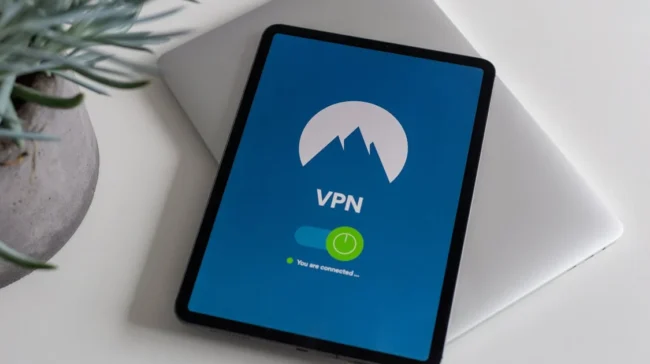
With more and more businesses online, there is one risk factor that always haunts even the most successful e-commerce sites, online banking and finance systems, and even major government portals. And that is the fear of being at the receiving end of a cyber-attack. For however small or big a business you are, you’ll always be prone to vulnerabilities which these phishers and hackers use against you to bring down your site.

One of the most common and severe attacks is a DoS(Denial of Service) attack. In this type of attack, the aim is to completely disrupt the targeted entity’s site by overloading it with so much unwanted traffic or payload that the site’s resources just can’t accommodate it, thus causing a severe breakdown and crashing your website.
Motives range from business rivalry, anger, jealousy, revenge, to merely a carefree thrill of paralyzing an organization’s activities, and at times holdings businesses, banks, and even entire countries and governments to ransom.
A DoS attack uses one computer or system to create havoc on the targeted website. But, a DDoS (Distributed Denial of Service) attack uses multiple sources or methods to flood the target with multitudes of requests thus rendering it useless and making it much more impossible for the target website to isolate the cause of the attack.
DDoS attacks are that much dangerous because they’re capable of ruining even powerful and robust infrastructures. DDoS attacks use a group of devices collectively called as a botnet to bring down the target website and affect its smooth functioning. This results in severe losses for the site for the entire duration that it is offline.
Mitigating DDoS attacks had become a priority for many businesses online. Today, there a lot of service providers in the market who provide DDoS protection? But how do you know which DDoS protection provider to choose? Here’s looking at a list of tips to keep in mind while selecting a DDoS protection service.

Quick response – One of the essential things during a DDoS attack is to quickly mitigate problems and get the website back up and running. The longer the duration that the site is down, the higher will be the losses.
Fast and accurate detection – A DDoS protection service should be able to detect an attack and differentiate it from authentic heavy traffic. Most DDoS attacks these days are sophisticated and make it that much harder to detect and isolate.
Ability to handle large-scale attacks – Make sure your DDoS protection service is well equipped to handle large-scale attacks. Most DDoS protection companies easily mitigate small-scale attacks but hit a roadblock during a massive attack.
Types of Protection – Chose a service provider who has cloud-based mitigation to handle application layer attacks and UDP attacks efficiently, as well as a premise-based setup to help and collaborate with your on-site IT staff during attacks.
Experience – Verify your service provider to ensure they are well known in the business and have extensive experience in dealing with DDoS attacks. Experienced vendors go a long way in securing your system better.
Wide attack coverage – Since DDoS attacks can be of different types, select a provider that offers wide coverage and has inbuilt, robust systems to handle all kinds and magnitude of attacks.
No advertisements – Some DDoS protection services include a lot of popups and adverts as a part of their services. Such ads and popups put off potential customers and affect your sales and revenue. It is thus advisable to carefully check these aspects before finalizing your DDoS protection service provider.
It is important to remember that many times, DDoS attacks are just used as a diversion technique so that while all your resources and focus is on getting the site up and running, these hackers can easily access and steal your valuable information and customer details or passwords from your database. Hence, you always need to be careful and take a few measures at your end too to protect your system better.
For one, you should boost up your web application firewall security. Secondly, identify all the data, information and assets that are crucial to you and store them away in a completely different database offline, or unattached to your site. You can also keep monitoring traffic for anomalies which makes threat detection easier and faster. Last but not the least, you can perform periodical checks and threat analysis and patch up the discrepancies from time to time thus ensuring better safety.




